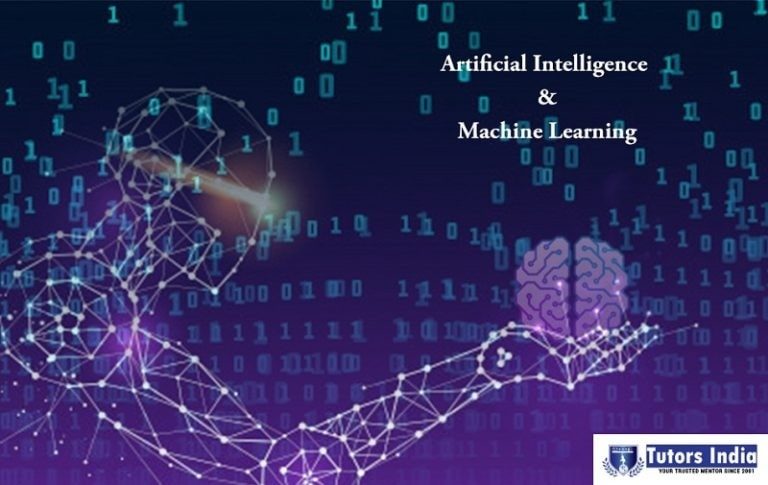What Is The Difference Between Artificial Intelligence And Machine Learning?
Artificial Intelligence and Machine Learning are two of some of the most commonly uttered buzzwords in tech circles; while the former is familiar to a layman, thanks to the deluge of science fiction movies and books that have become a part of our pop-culture, the latter is something of a jargon.

What Are Artificial Intelligence And Machine Learning?
Although, both Artificial Intelligence (AI) and Machine Learning (ML) are closely associated terms and are often used interchangeably, there exist distinct differences. For a quick overview of its history, the idea of a machine doing human’s work has existed for millennia, beginning from mythologies (Talos of Crete). The earliest European computers were modelled as logical machines that mimicked a human brain. Since then, technology and computers have come a long way. Also, our understanding of the functioning of the mind has improved.
Artificial Intelligence, broadly, refers to the capacity of machines to perform tasks that can be considered ‘smart’. It is the idea that technology will lead to machines that will have human-like faculty.
Machine Learning is the concept of programming systems to learn from data themselves. Machine Learning is the latest advancement in the years-long Artificial Intelligence development process.
Types Of Artificial Intelligence:
Artificial Intelligence can be categorized into two primary types: Applied Artificial Intelligence and general Artificial Intelligence. Applied Artificial Intelligence is conventional; this would include things like all intelligent suggestions that Netflix puts out for you, the systems that trade stock exchanges, or simply put, any system designed for a specific task that it performs without supervision.
General AI is still a work in progress. In theory, it is the sort of Artificial Intelligence that can handle any task or situation; the ones that we are familiar with sci-fi movies.
The Principle Behind Machine Learning:
Machine learning is the latest advancement in this process of developing general Artificial Intelligence. The concept and term are credited to Arthur Samuel, who in 1959 recognized that instead of feeding systems what to do, they could be taught to learn for themselves.
The possibility of realization of the idea came only now, after the internet revolution and the emergence of big data analytics.
The principal feature of machine learning is the usage of neural networks to mimic the ways how the human brain functions. This way, engineers can code machines to think the way humans do and expose them to the internet. The neural network aids in machines to recognize and categorize information it receives the way the human brain works, like sorting data into images, videos, texts, etc.
The machines, with access to data, take decision-based on the principles of probability. The feedback loop in the system makes learning a possibility as the machine improves or modifies its decisions based on the feedback it gets.
Machine Learning is leading the way forward in the Artificial Intelligence revolution that is beginning to sweep the world. With the concept being around for years, the materialization of it has now become a probable matter which is slowly beginning to take roots. Industries around the world are now employing Machine Learning and experimenting with the prospects of technology. Researches to develop general Artificial Intelligence have found new momentum with the development of Machine Learning.
Links, References, Related Posts
– Choosing The Right Data Collection Methods For A Successful Thesis
– Why Tutors India for Econometric and Financial Statistical Analysis Support Services
– The Importance Of Having Biostatisticians On Every Clinical Research
– Why Tutors India for Statistical Support Services – Our Statistics Mentors
